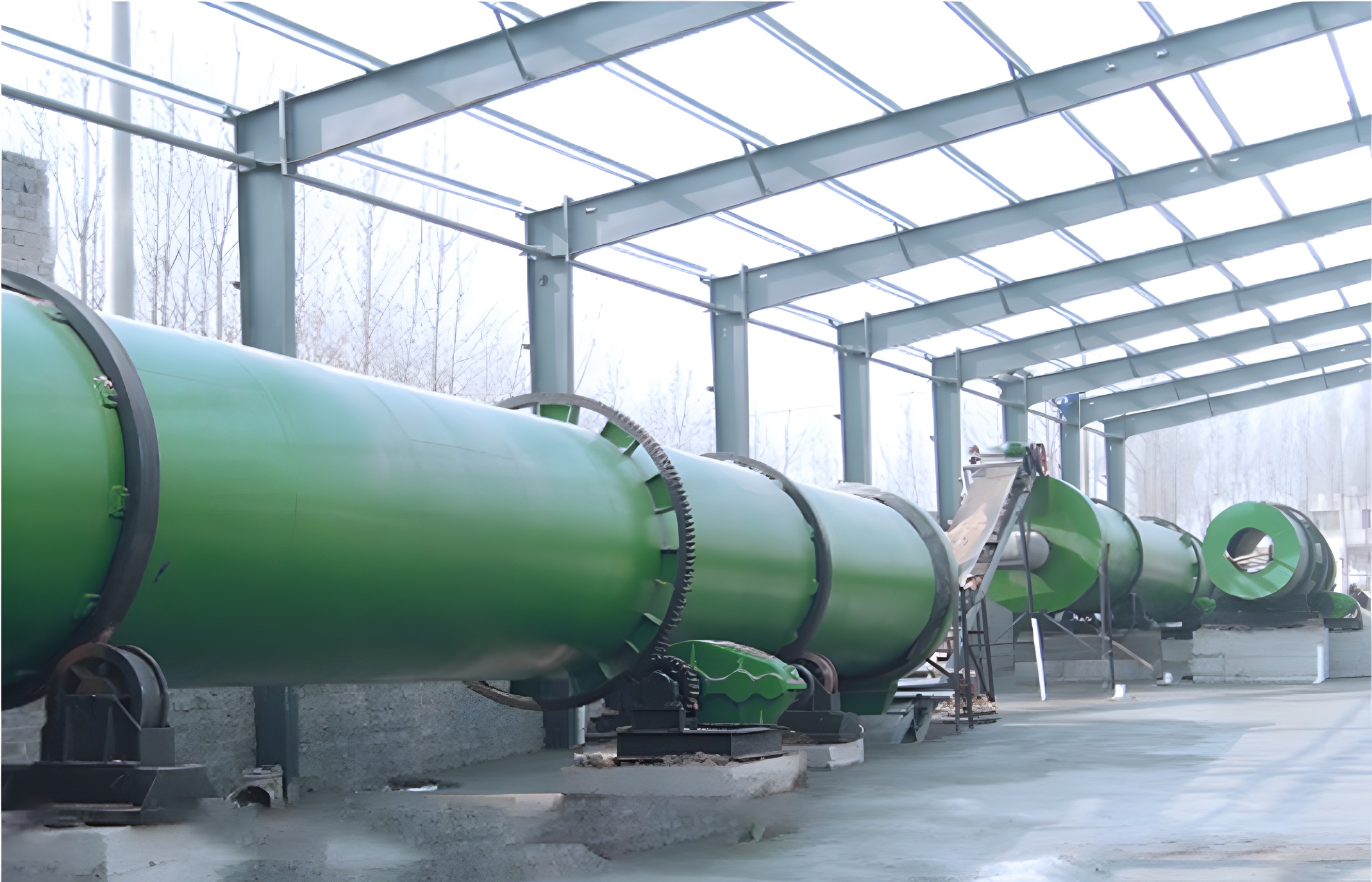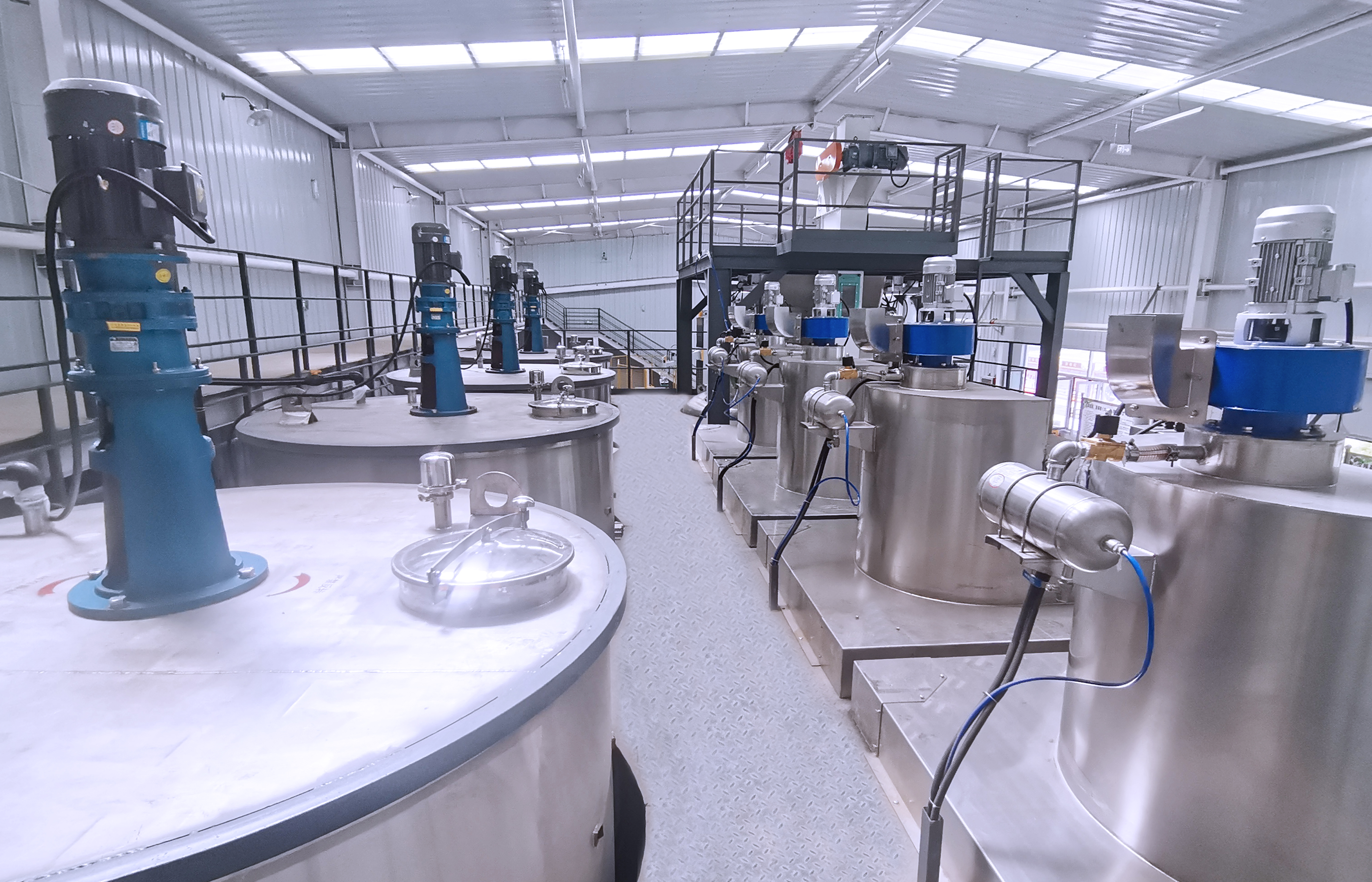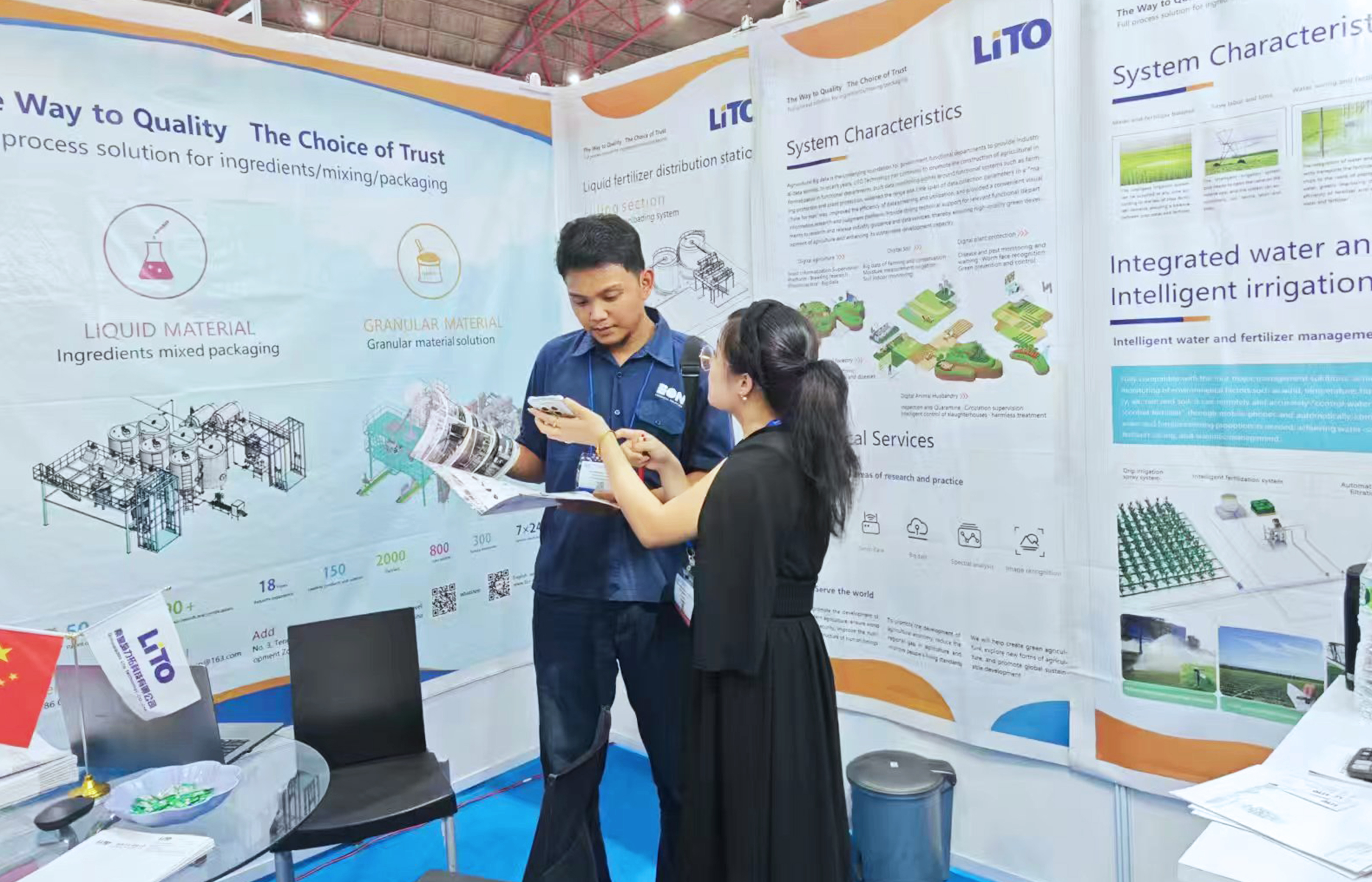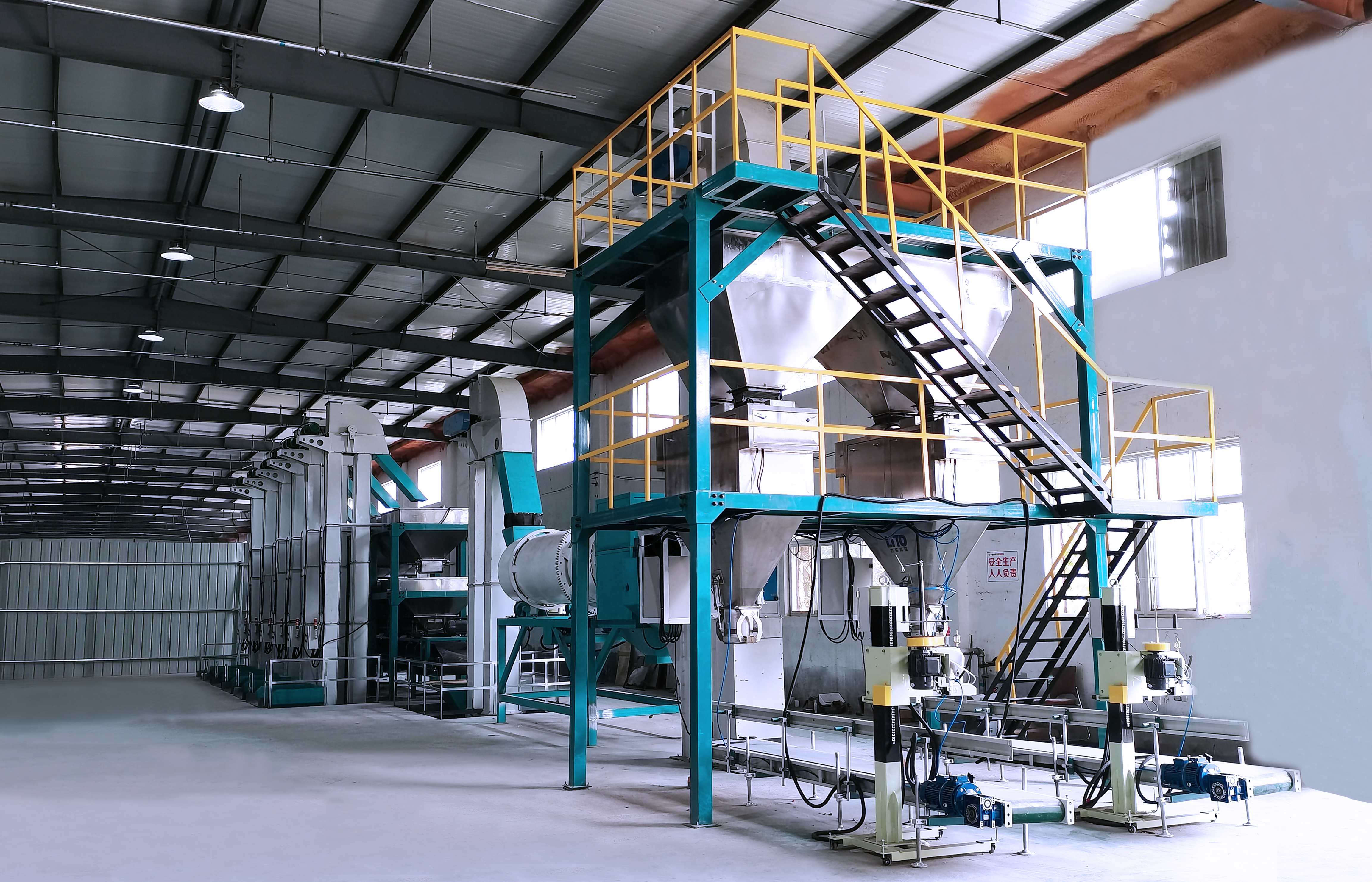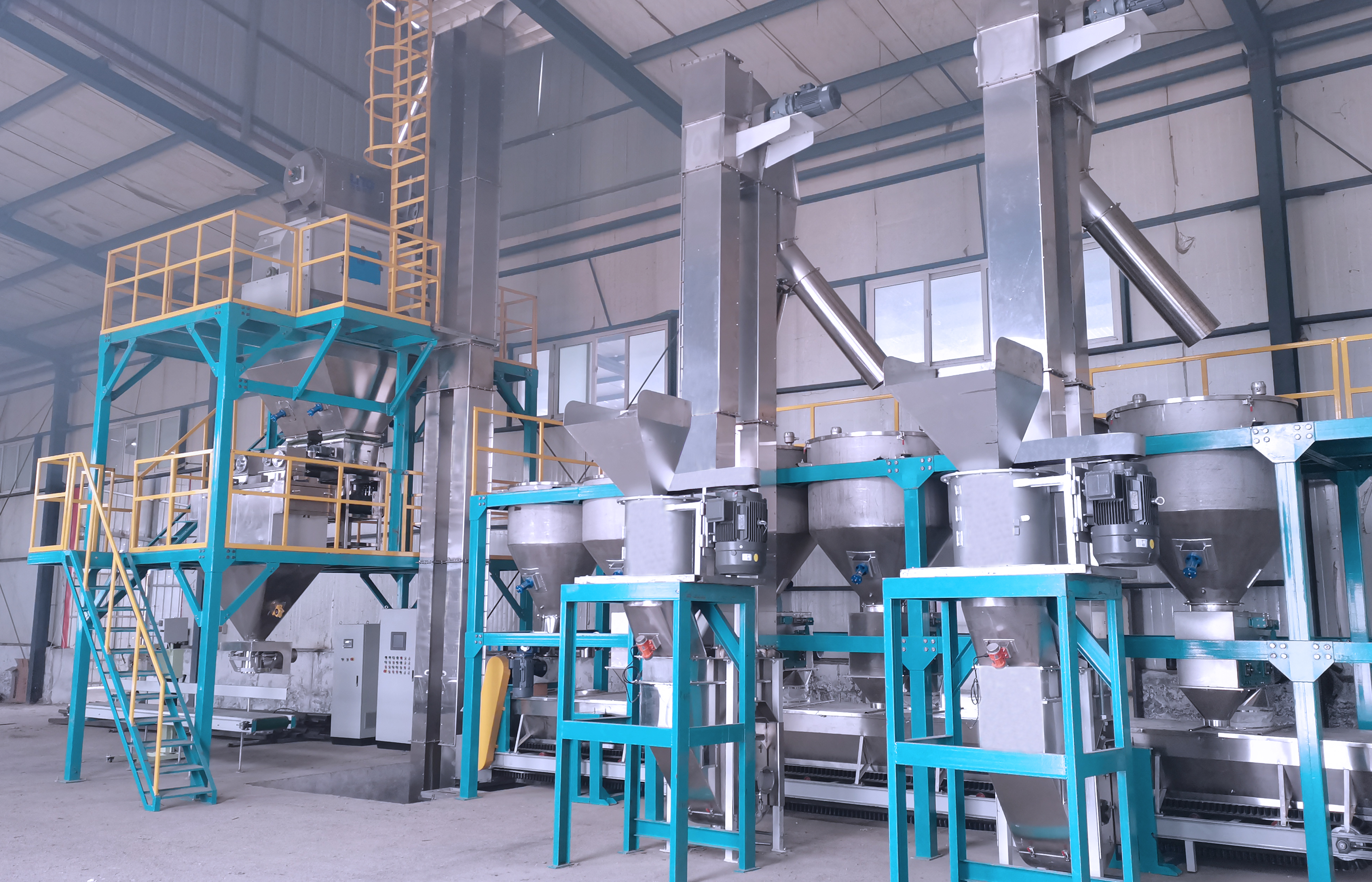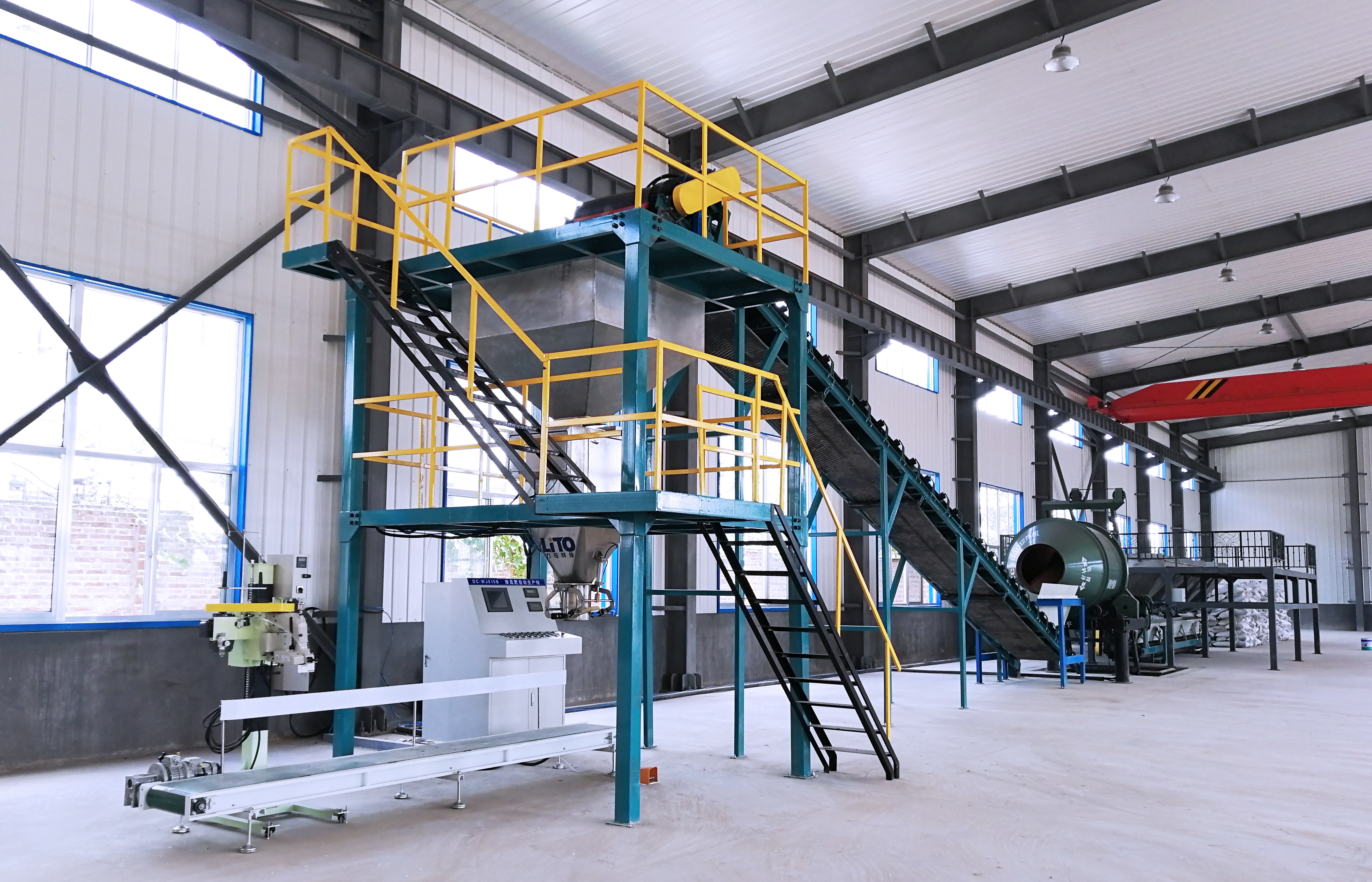
Compound Fertilizer Production Equipment: Advancing Agricultural Nutrient Management
Compound fertilizers are vital in modern agriculture for their ability to provide balanced nutrients essential for plant growth. The equipment used in their production ensures precise formulation, efficient blending, and reliable distribution of nutrients, contributing significantly to agricultural productivity and sustainability.
Mixing and Blending Equipment:
Central to compound fertilizer production are mixing and blending units designed to combine primary nutrients—nitrogen (N), phosphorus (P), and potassium (K)—with secondary nutrients and micronutrients. These units utilize specialized mixing technology, including rotary drum mixers and paddle mixers, to achieve uniform distribution of nutrients throughout the fertilizer blend.
Granulation and Drying Systems:
Once the fertilizer ingredients are thoroughly mixed, they undergo granulation to form uniform granules or pellets. Granulation equipment, such as rotary drum granulators or fluidized bed granulators, shapes the fertilizer into desired sizes and shapes, enhancing handling and application efficiency. Subsequently, drying systems remove excess moisture from the granules to ensure stability and longevity during storage and transportation.
Coating and Packaging Processes:
Some compound fertilizers undergo additional processes such as coating with protective agents or additives to improve nutrient release characteristics or enhance environmental performance. Advanced coating equipment applies these coatings uniformly, ensuring consistent nutrient availability over time. Following coating, the fertilizers are packaged into bags, bulk containers, or custom formats suitable for various application methods.
Quality Control and Automation:
Throughout production, quality control measures ensure that compound fertilizers meet specified nutrient content, particle size distribution, and physical properties. Automated systems monitor and adjust production parameters in real time, optimizing efficiency and minimizing variability in product quality.
Environmental and Economic Benefits:
Optimized Nutrient Use: Compound fertilizer production equipment enables precise nutrient blending, maximizing plant uptake and minimizing environmental losses.
Customized Formulations: Farmers can tailor fertilizer blends to specific crop needs and soil conditions, promoting efficient nutrient management and crop productivity.
Resource Efficiency: Advanced production technologies reduce waste and enhance the efficiency of nutrient use, contributing to sustainable agricultural practices.
Cost-effectiveness: Streamlined production processes and improved nutrient efficiency help reduce input costs and enhance overall farm profitability.
In conclusion, compound fertilizer production equipment plays a crucial role in modern agriculture by ensuring the reliable supply of balanced nutrients essential for crop growth. As technology continues to advance, these innovations will further optimize nutrient management practices, supporting global food security and environmental stewardship in farming.
